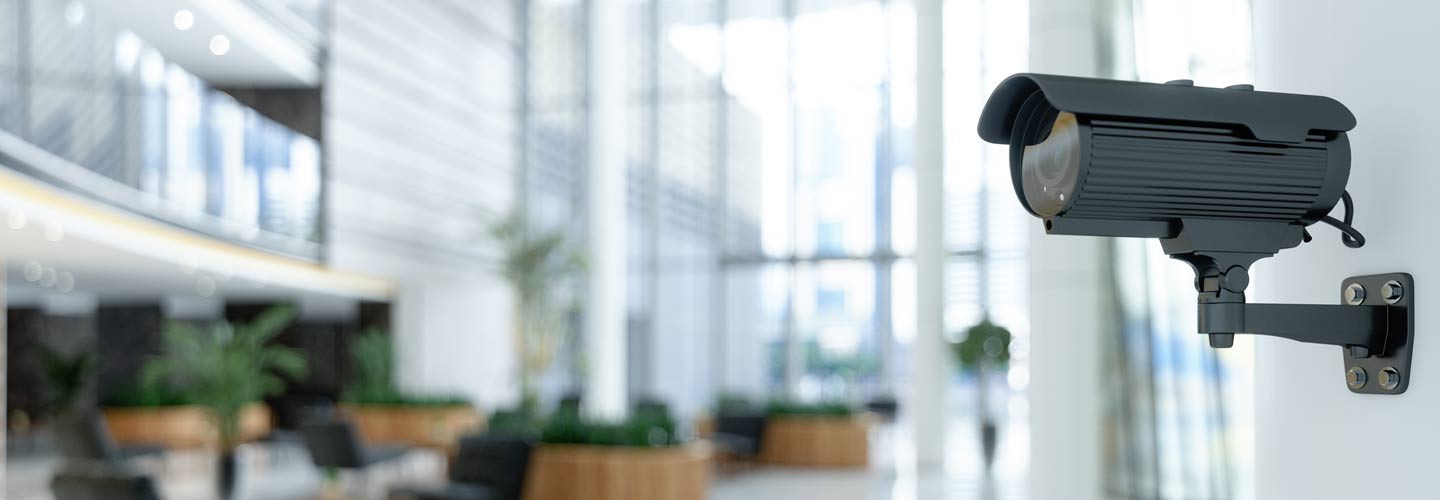Security Systems
Why Install a Security System?
A security alarm is a system designed to detect intrusion – unauthorized entry – into a building or area. Security alarms are used in residential, commercial, industrial, and military properties for protection against burglary or property damage, as well as personal protection against intruders.
Security systems serve a single purpose of burglary protection; combination systems provide both fire and intrusion protection. Intrusion alarm systems may also be combined with closed-circuit television surveillance systems to automatically record the activities of intruders and may interface to access control systems for electrically locked doors. Systems range from small, self-contained noisemakers, to complicated, multi-area systems with computer monitoring and control.

What Makes a Security System Work
The most basic alarm consists of one or more sensors to detect intruders, and an alerting device to indicate the intrusion. However, a typical premises security alarm include the following components:
- Premises Control Unit (PCU), Alarm Control Panel (ACP), or Simply Panel: The “brain” of the system, reads sensor inputs, tracks arm/disarm status, and signals intrusions. In modern systems, this is typically one or more computer circuit boards inside a metal enclosure, along with a power supply.
- Sensors: Devices that detect intrusions. Sensors may be placed at the perimeter of the protected area, within it, or both. Sensors can detect intruders by a variety of methods, such as monitoring doors and windows for opening, or by monitoring unoccupied interiors for motions, sound, vibration, or other disturbances.
- Security Devices: Devices to detect thieves such as spotlights, cameras & lasers.
- Alerting Devices: These indicate an alarm condition. Most commonly, these are bells, sirens, and/or flashing lights. Alerting devices serve the dual purposes of warning occupants of intrusion and potentially scaring off burglars. These devices may also be used to warn occupants of a fire or smoke condition.
- Keypads: Small devices, typically wall-mounted, which function as the interface to the system. In addition to buttons, keypads typically feature indicator lights, a small multi-character display, or both.
- Interconnections Between Components: This may consist of direct wiring to the control unit or wireless links with local power supplies.
24/7 Central Station Monitoring Services
In addition to the system itself, security alarms are often coupled with a monitoring service. In the event of an alarm, the premises control unit contacts a central monitoring station. Operators at the station see the signal and take appropriate action, such as contacting property owners, notifying police, or dispatching private security forces. Such signals may be transmitted via dedicated alarm circuits, telephone lines, or the Internet.
Without an active monitoring service, your security system is LOCAL only, when the alarms are triggered no police or fire rescue services will be notified. Make sure you activate a Monitoring Service alongside your security system for complete around-the-clock protection against any intruders or emergencies.
Our Security Services
- Security Alarm Design
- Security System Installation
- Wired and/or Wireless Contacts & Detector
- Pet-Friendly Detectors
- Take Over former Monitoring system
- Home & Office Security Systems
- Integrated Fire Protection
- Glass Door Sensors
- Gas Detection Sensors
